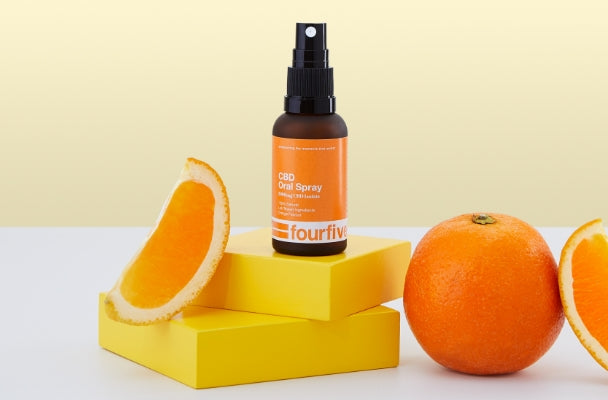Resident Personal Trainer and Customer Service extraordinaire, Kara Wagland, has worked at some of London’s most prestigious gyms. She took some time out of her busy schedule to compile a list of moves to keep you mobile.
These simple stretches are designed to counteract the poor posture that sometimes comes with desk life and release the tension your body holds on to as a result of everyday stress. So whether it’s Zoom meeting hunch back, school run chaos or long day lower back pain, these simple exercises will have you feeling a little lighter in no time.
What is mobility?
Mobility can be defined as ‘usable ranges of motion’; which is the foundation for athleticism. Without having adequate range (movement) between joints, it will be difficult to reach maximal performance. When a muscle is tight, it can not only limit the range of movement but also cause discomfort elsewhere in the body.
Focusing on the top 3 areas that most struggle with ‘stiffness’. We have put together 3 mobility exercises that can help improve on this and get you more mobile, moving better and (hopefully) feeling better in your body!
Passive Bear Sit.

- Sit on the floor with feet in front of the body.
- Turn your knees and feet out with a straight line from the back of the knees to the heels.
- Grab ankles, prize the knees apart and sit nice and tall.
- Try to flatten your lower back, you should feel the stretch in the groin.
- Hold for 60 seconds while maintaining slow, diaphragmatic breaths. Aim for 3-5 reps.
Side Lying Windmill.

- Lie on your left side with your left leg extended and your right leg bent across your body at a 90°angle. To take pressure off your lower back, place a foam roller, pillow, or yoga block under your right knee.
- Keep your left shoulder and hip rooted to the ground. Bring both of your arms straight out to your left side. Your arms should stack on top of each other.
- Rotate the right arm up and over your head while trying to touch your fingers to the ground. (As if your hands were hands of the clock)
- Allow your eyes to follow your arm for as long as possible (hold for around 15-20 sec.) Rotate fully around to the starting position. Pause briefly and start again. X 8-10 reps)
Lizard Pose.

- Begin in lunge pose with your right leg forward and your left leg back.
- Rest your back (left) knee on the floor, and slide the knee back so it’s not directly under the hip.
- Keep your front (right) knee stacked directly over the ankle. Tense your stomach, and lengthen through your spine.
- Bring your right hand to the inside of your right foot (both hands now be inside the front foot),
- You can turn your right toes out (to the right) or keep them pointed forward. If your knee wants to splay out, aim to keep the ball of your right big toe grounded. Hug your inner right thigh in toward your right upper arm in order to keep your knee and toes aligned. Your hands can remain flat on the floor or supported by blocks, which reduces the intensity of the stretch.
- You can increase the intensity by lowering your forearms to the blocks, or the mat.
Puppy Pose.

- Start on all fours, making sure your shoulders are above your wrists and your hips are above your knees.
- Walk your hands forward a few inches and curl your toes under.
- As you exhale, move your glutes halfway back toward your heels.
- Keep your arms active; don’t let your elbows touch the ground. Drop your forehead to the floor or to a blanket and relax your neck.
- Press the hands down and stretch through the arms while pushing your hips back toward your heels. Breathe into your back, feeling the spine lengthen in both directions. Hold for 30 seconds to a minute, then release your glutes down onto your heels.
- Repeat x 3
Wall Slides

- Stand with your back to the wall, try to maintain as much contact with your back to the wall as you can throughout the movement, and keep the ribcage down. The shoulder blades should remain back and down whilst the shoulder joint is performing the movement to overhead and the forearms are also in contact with the wall.
- The movement starts with the arms at a ‘W’ either side of the body, inhale and exhale the arms move slightly over head. Each breath takes the arms higher and you should end in a ‘Y’ shape with the arms overhead but maintaining contact with the wall. Take the arms as high as you can without losing contact of the all. Keep conscious of the lower back not moving away from the wall.
- Repeat the movement bringing the arms back to the ‘W’ position, reset, and keeping your forearms on the wall, exhale the arms up higher.
- Aim for 3-5 full reps from ‘W’ to ‘Y’, moving slowly through with the breath, ensuring contact with the wall is not lost from either the wall or the forearms arms.
As with all exercise, do what feels right for you and your own range of motion. Start gently and gradually. If it hurts, stop. If you suffer with injury or are worried about your range of movement, please consult a healthcare professional.







